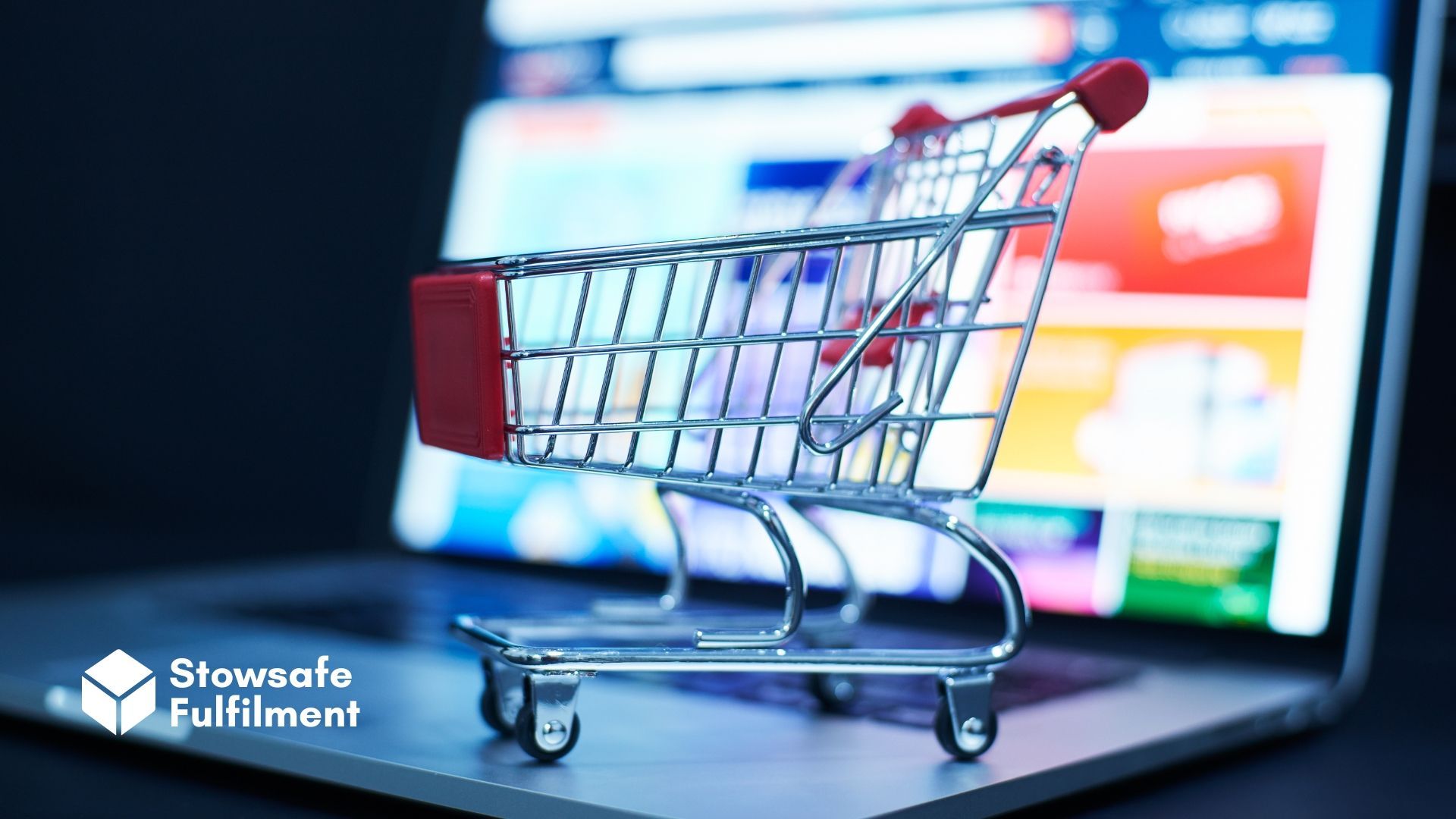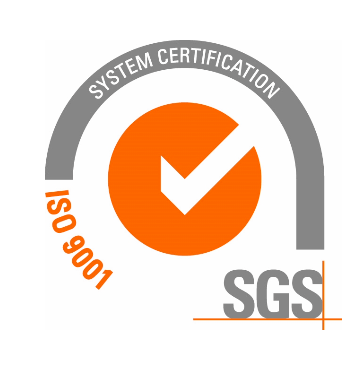Don't know your API from your CTA? Learn the ropes in our guide to essential eCommerce acronyms.

If you're new to the world of eCommerce, you've probably noticed that it's a world teeming with two things: opportunities and jargon.
Yes, it's never been easier to find your niche and sell your wares online. And it's also never been harder to understand what people are talking about 99% of the time.
We exaggerate, of course. But if you do feel like you've been handed a can of alphabetti spaghetti and asked to write a poem with it, fear not. In this guide, we break down the lingo so that anyone can understand it.
ACoS and TACoS
These two terms are specific to Amazon ads. ACoS (advertising cost of sale) tells you how your ads are doing without taking into account your total sales or profit margins.
TACoS, by contrast, are a traditional Mexican dish that… Wait, let us check our notes. Aha. TACoS stands for "total advertising cost of sale". This is your ad spend divided by your total sales.
Taken together, ACoS and TACoS can help drive better decision-making for your eCommerce brand.
AI
AI is artificial intelligence. It's now a mainstream term thanks to image and text generators like DALL-E and ChatGPT. However, AI has a different application in eCommerce.
It refers to different kinds of software that automate customer service, personalise shopping experiences based on customer data and optimise your inventory management – by, for instance, forecasting demand.
AI is a constantly evolving field – but it's already embedded into many pieces of eCommerce software.
AOV and ATV
AOV (average order value) gives you the cost of a product without taking into account delivery, VAT or other charges. ATV (average transaction value) gives you the cost of all those things taken together.
API
If you run an eCommerce brand, you probably use a variety of software to sell, advertise and market your products. An API (application programming interface) is a digital go-between that allows these solutions to talk to one another.
B2B and B2C
Is your brand B2B (business-to-business), B2C (business-to-customer) or a bit of both? These terms refer to your customer base. If you're selling to businesses, you're a B2B firm. If you're selling directly to customers, you're B2C. Simple.
BI
BI (business intelligence) refers to sales data. It answers questions like, "What's selling?", "When is it selling?" and "Where are sales coming from?"
BI is "intelligent" because it can help you to make better decisions about your inventory, product development, sales strategy and more.
CMS
Your CMS (content management system) helps you to create, manage and modify web content.
CRM
A CRM (customer relationship manager) is a digital tool that lets you record your customer relationships. That means your interactions with them, as well as their purchases and preferences.
A well-oiled CRM lets you personalise your marketing, improve your customer service and increase sales.
CTA
A CTA (call to action) is a button, link or message on your website, marketing email or eCommerce store that tells the customer what to do next. "Buy now" is one. "Sign up for our newsletter" is another. Well-placed CTAs can help you shift more units.
CTR
If you have paid ads, you need to know who's clicking on them. The CTR (click-through rate) helps you understand how many people are doing so – and in turn, which ads are working and which need fine-tuning.
EDI
An EDI (electronic data interchange) is another kind of digital platform. In this case, it lets companies and suppliers exchange essential documentation quickly and easily.
FBA
FBA is a fulfilment service from Amazon, where Amazon stores, packs and ships your products for you. It contrasts with FBM (fulfilment by merchant), where you – the seller – handle those tasks.
PPC
PPC (pay-per-click) is a model for ad spend. You bid on keywords that are relevant to your products and services. When someone searches for that keyword, your ad will appear within the search results. Each time a customer clicks, you have to pay a fee.
Done well, it's a vital tool for customer capture. Do it badly and you'll spend more money on ads than you get back.
ROI
ROI (return on investment) is a fancy way of posing the question, "Did we make more money than we spent?"
A good ROI means you turn a tidy profit. A bad ROI means you sink money into something that doesn't pay for itself, still less turn a profit.
SEO
SEO (search engine optimisation) is a way of building websites to make them more visible on search engines. In a saturated marketplace, it can be the difference between your eCommerce brand sinking or swimming.
SaaS
SaaS (software-as-a-service) is a broad term that refers to cloud-based services. If you can access the software from any device in any location, you're dealing with SaaS.
TCO
TCO (total cost of ownership) is a way of calculating all the expenses that your eCommerce brand entails – from your premises to your online shop, from maintenance to marketing.
UX
UX (user experience) refers to the overall impression made on the user by your website, online shop or other service.
Is it easy to use? Does it give the customer the information they need? Does it look good? All of these questions factor into the strength or weakness of a UX.
WMS
A WMS (warehouse management system) is a piece of software used in warehousing to track storage, stock levels, sales and returns. It allows you to streamline the sales and dispatch process, while also furnishing you with plenty of data to drive your decision-making.
Is your eCommerce brand looking for
fulfilment services? Don't hesitate to
contact Stowsafe Fulfilment for a free, no-obligation consultation.
All Rights Reserved | Stowsafe Fulfilment














